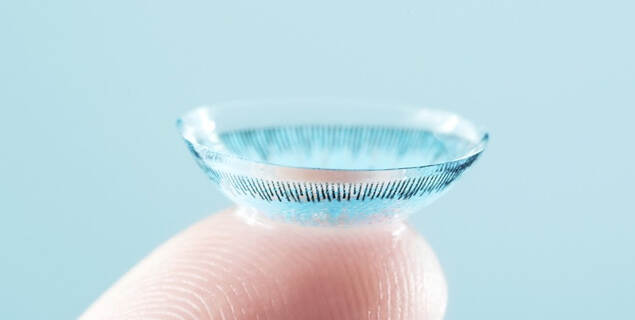Email format error
Email cannot be empty
Email already exists
6-20 characters(letters plus numbers only)
The password is inconsistent
Email format error
Email cannot be empty
Email does not exist
6-20 characters(letters plus numbers only)
The password is inconsistent

Wearing contact lenses should feel comfortable and convenient, but if your lenses feel irritating, dry, or painful, it's a sign that something’s not right. Here’s a detailed guide to why your contact lenses might be uncomfortable and what you can do to fix the issue.
If your eyes don’t produce enough natural tears or the quality of your tears is poor, your lenses may feel dry and gritty. dropshipping pet products.This is especially common for people who spend long hours on screens or in dry environments like air-conditioned rooms.
What to do:
Use preservative-free lubricating eye drops designed for contact lenses.
Try lenses designed for dry eyes (e.g., silicone hydrogel lenses).
Take breaks using the 20-20-20 rule: every 20 minutes, look at something 20 feet away for 20 seconds.
A buildup of protein deposits, dust, or lint can make your contacts irritating. Scratches or tears in the lens can also cause discomfort or even injury.
What to do:
Always clean lenses properly with fresh solution—not water.
Replace your lenses as recommended (daily, bi-weekly, monthly).
If you see a scratch or tear, discard the lens immediately.
Wearing lenses longer than recommended—either during the day or past their replacement schedule—can deprive your cornea of oxygen and cause inflammation.
What to do:
Follow your eye doctor’s guidance on wear time.
Switch to daily disposable lenses if convenience and hygiene are an issue.
Never sleep in lenses unless prescribed.
Lenses come in different sizes and curvatures. If yours aren’t a perfect fit, they may move too much or not enough, causing irritation.
What to do:
Schedule a professional contact lens fitting.
Don’t switch brands or types without checking with your optometrist.
Some people react to lens materials, cleaning solutions, or environmental allergens (like pollen or pet dander) trapped under lenses.
What to do:
Try preservative-free lens solutions.
Use daily disposables to reduce allergen exposure.
Use antihistamine eye drops safe for contact lens wearers (consult your doctor first).
Conditions like conjunctivitis, blepharitis, or corneal ulcers can make wearing contacts painful and unsafe.
What to do:
Discontinue lens use and see an eye doctor immediately if you experience redness, pain, discharge, or blurred vision.
Don’t try to self-diagnose or treat with over-the-counter drops unless instructed.
Wash your hands thoroughly before touching your lenses.
Stick to the wear schedule and hygiene rules.
Stay hydrated and use a humidifier if your environment is dry.
Carry a backup pair of glasses in case your lenses become unbearable.
Replace lens cases every 1–3 months to avoid bacterial buildup.
If your contact lenses feel consistently uncomfortable, or if you notice:
Blurry vision
Eye redness that doesn’t go away
Light sensitivity
Sharp or stabbing pain
…it’s time to see an optometrist or ophthalmologist. Discomfort should not be the norm when wearing contacts—professional guidance can resolve the issue quickly and protect your vision.
Wearing uncomfortable contact lenses shouldn't be ignored or endured. Sometimes, a simple change in lens type or cleaning routine can solve the issue, but it might also indicate a more serious condition. Addressing the problem early can benefit your eye health.
If you're interested in learning more about contact lenses or purchasing high-quality contact lenses, feel free to reach out to us.